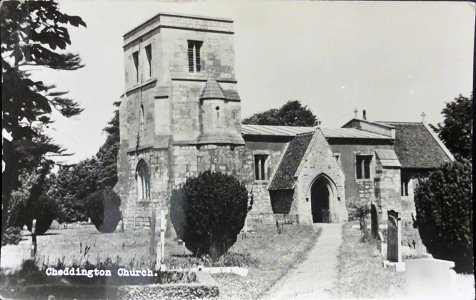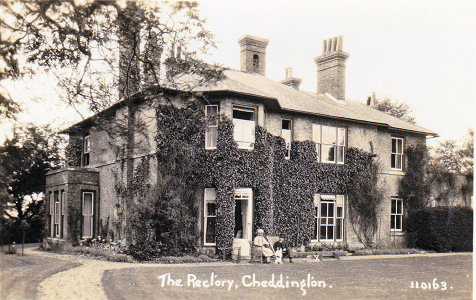|
Cheddington (London and North-Western Railway) is without any feature of interest, nor is the church of any importance, though it is well situated on a hillock with a pleasant belt of trees around. It has a low W. tower, nave, aisle and chancel; the 17th-century pulpit and communion table are noticeable.
Cheddington, however,
possesses in its
"lynchets" an object of considerable importance. They will be found to the S. W. of the village and are a conspicuous object on the landscape. They consist of three broad terraces on the hillside facing E. Of course various absurd traditions
are preserved about them in local histories, but their true
nature has been now clearly established. They are survivals
of the common field system which was an important element in
the Saxon and medi:eval village community. "When a hillside," says Mr Seebohm in his now classical work on The English Village Community,
"formed part of the open field the strips almost always were
made to run, not up and down the hill, but horizontally
along it; and in ploughing, the custom for ages was always
to turn the sod of the furrow downhill, the plough
consequently always returning one way idle. If the whole
hillside were ploughed in one field, this would result in a
gradual travelling of the soil from the top to the bottom of
the field, and it might not be noticed. But as in the
open-field system the hillside was ploughed in strips with
unploughed walks between them, no sod could pass in the ploughing from one strip to the next; but the process of moving the sod downwards would go on age after age just the same within each individual strip. In other words, every year's ploughing took a sod from the higher edge of the strip and put it on the lower edge; and the result was that strips became in time long level terraces one above the other, and the walks between them grew into steep rough banks of long grass covered often with natural self-sown bramble and bushes."
The lynchets of Cheddington are the best examples in the county of an agricultural and social feature of much historical interest.
Buckinghamshire, by E S
Roscoe, 3rd edition, 1918 |




